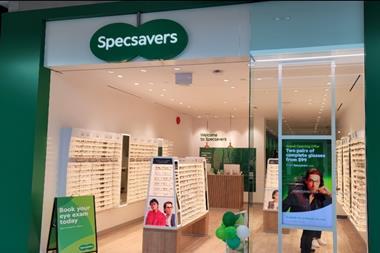We have refused to sacrifice margins to chase unprofitable sales. What is the best way to report our figures to show this?
With many retailers resorting to heavy promotional discounting in order to try and maintain footfall and top-line sales, this is a particularly topical issue at the moment.
AlixPartners director Dan Murphy says that top-line or like-for-like sales measures showing 2% or 3% growth can be achieved even when a retailer is making heavy losses. An average of 15 major retailers from 2009 showed top-line sales down 1.8%, but profits down 45%.
Murphy adds that it is possible to manipulate like-for-like numbers by adjusting which stores are included in the calculation - perhaps by carrying out refurbishments in poor performing stores to remove them from the figures.
With the traditional focus on like-for-like figures from retailers, there has always been an incentive to ensure this number looks as good as possible even if that means being creative around how it is calculated.
Murphy believes that bottom-line profits should always be reported in the same breath as top-line and like-for-like sales. And for retailers that are working hard to maximise efficiency, there is a further measure - gross margin return on investment.
He explains: “Gross margin return on investment measures both margin and the rate of stock turn - the speed at which stock is being turned into margin. You can get a good idea of gross margin return on investment from data available in an annual report, so why don’t retailers openly report it alongside sales and profits?”


























No comments yet